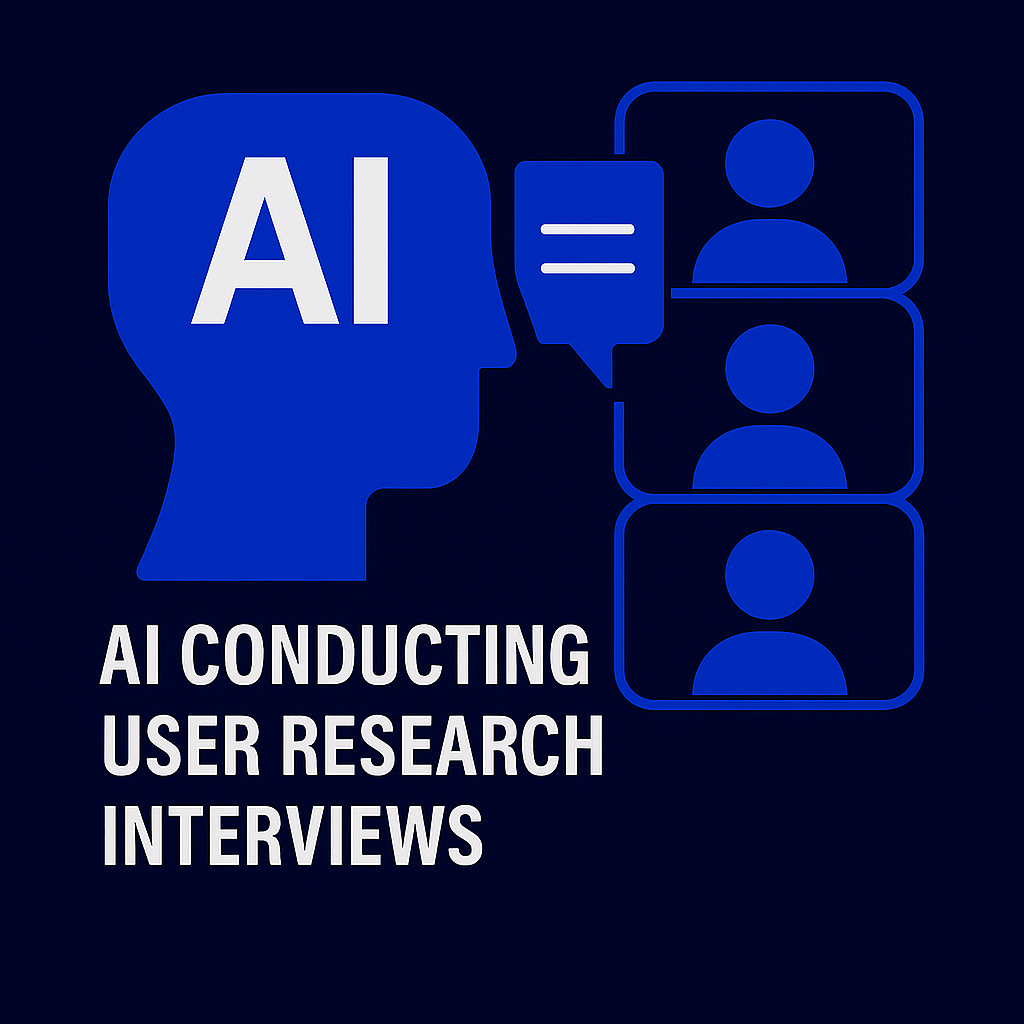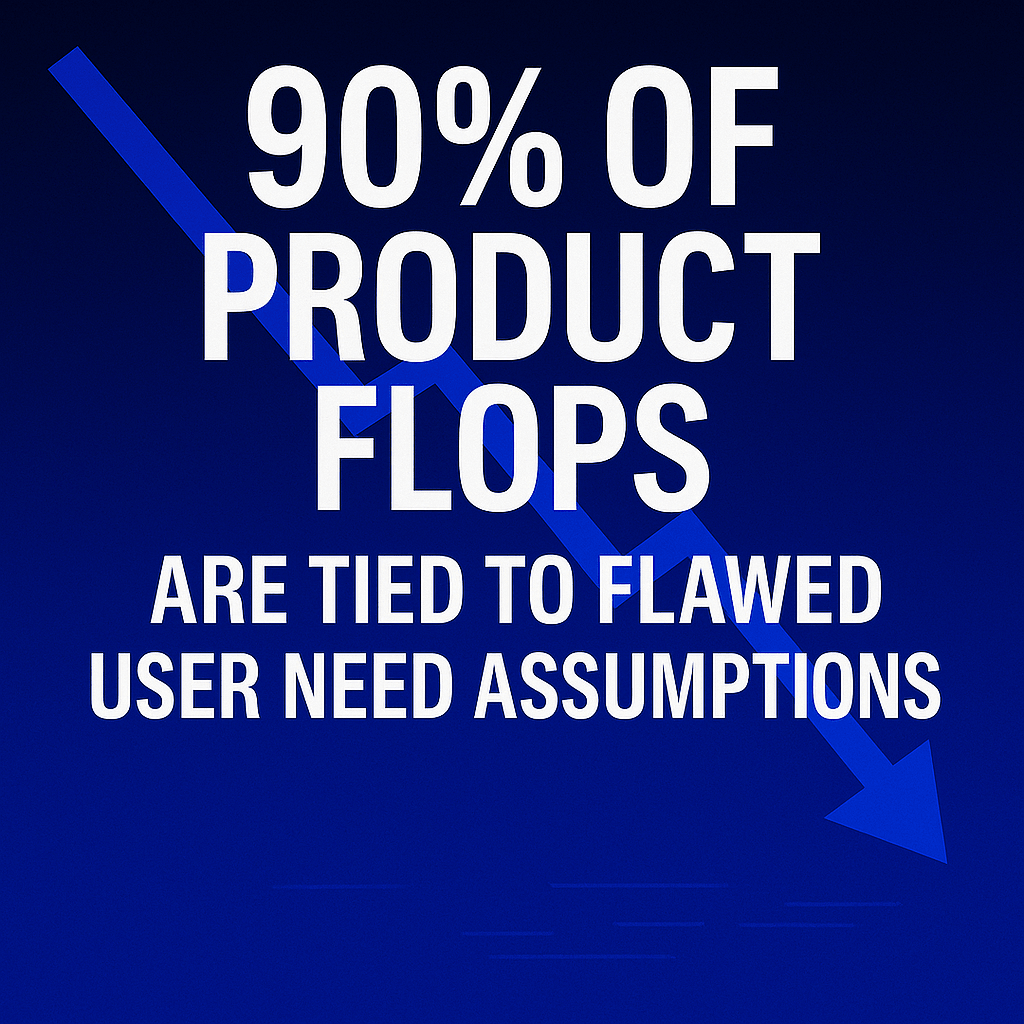How Stratify Is Reinventing User Research with AI-Powered Agents
In today’s hyper-competitive digital landscape, companies rise and fall based on how well they understand their users. The painful reality is that most don’t. According to industry statistics and product failure postmortems, 90% of product flops are tied to flawed assumptions about user needs. The intent might be good, the designs might be beautiful, but if the insights driving those decisions are off-mark, even the best teams fail.
Stratify, a San Francisco-based startup founded in 2025, is built around one radical premise: user understanding should not be a bottleneck. Traditional research methods are slow, expensive, and often misleading:
- Focus groups cost upward of $15,000 and frequently suffer from no-shows or skewed group dynamics.
- Manual interviews take weeks to coordinate and scale poorly across diverse user personas.
- Surveys, though cheap, lack context and fail to answer the most important question in product development: why?
By automating and scaling deep qualitative research, Stratify tackles the root of this systemic issue—bringing the speed of AI to the empathy of user interviews.
How Does Stratify Work?
Stratify is not just another data dashboard. It’s an AI-powered user researcher that simulates what top-tier UX researchers do—only faster, cheaper, and at scale. It uses agentic workflows, meaning the platform operates through a set of autonomous AI agents that take care of each step in the research pipeline:
- Defining Research Goals: Users input their questions or hypotheses, such as “How do Gen Z users feel about our pricing model?” or “Which checkout design is more intuitive?”. Stratify’s AI takes it from there, crafting an entire study framework.
- Smart Participant Matching: The platform can filter participants based on region, demographic, and behavioral traits using simple prompts like “U.S. residents, age 18–25, frequent online shoppers”. It sources users from its own large panel or from within a company's existing customer base.
- Dynamic Interview Execution: Unlike surveys or fixed scripts, Stratify’s agents conduct adaptive, personalized interviews—changing follow-up questions in real time based on participant responses. This simulates a natural, insightful human conversation.
- Real-Time Analysis & Reporting: As interviews roll in, Stratify generates visual insights, slide decks, and semantic search capabilities so product teams can quickly grasp patterns, sentiments, and pain points. You can even “chat” with your research data.
The result is authentic, scalable, and fast qualitative feedback—previously a contradiction in the world of UX.

Who Are the Founders Behind Stratify?
Stratify is the brainchild of two Stanford alumni—Siddhartha Javvaji (CEO) and Pratham Hombal (CTO)—who bonded over shared dorm rooms and late-night hackathons. Both studied Computer Science, with Siddhartha also focusing on Computational Biology. Their early research at Stanford’s Human-Centered AI Institute and experience in high-performance computing laid the foundation for Stratify’s unique blend of cutting-edge AI and human-centric design.
What sets these founders apart is that they’ve lived the problem firsthand. They’ve launched products that failed due to misaligned user assumptions. They’ve ignored early signals. They’ve watched launches fall flat. Instead of moving on, they decided to fix the root cause, and Stratify was born.
What Makes Stratify Different from Other Research Tools?
While many platforms claim to offer “user insights,” most are either:
- Analytics-heavy but insight-light (focusing on what users did, not why), or
- Reliant on human coordination that limits speed and scalability.
Stratify’s innovation lies in fusing:
- Real-time participant recruitment
- Conversational AI interviews
- Scalable, adaptive qualitative research
- Instant semantic analysis
Other tools give you dashboards. Stratify gives you stories, motivations, and real user voices—at scale.
Most importantly, this is not chatbot fluff or synthetic feedback. The platform is designed to replicate high-quality, human-led research sessions, but conducted in parallel by AI agents—hundreds at once.
What Is the Real-World Impact of Using Stratify?
For companies, the ROI of using Stratify is straightforward: fewer failed features, better product-market fit, and faster iteration cycles. What once took weeks of coordination, budgets in the tens of thousands, and delayed product launches can now happen in hours.
Early adopters have used Stratify to:
- Validate feature direction before code is written
- Refine user onboarding based on real confusion points
- Identify emotional blockers in pricing perception
- Rapidly test design prototypes with target users across the globe
All of this reduces the risk of blind decision-making and encourages a culture of continuous learning.
Why Is Now the Right Time for Stratify?
Several converging trends make Stratify both timely and necessary:
- AI Maturity: The rise of LLMs (Large Language Models) means conversations can now be simulated and analyzed with nuance and depth that was previously impossible.
- Distributed Product Teams: As remote work grows, so does the need for async, scalable research methods.
- Shorter Launch Cycles: Teams no longer have the luxury of slow validation. Rapid iteration demands faster, more insightful user feedback.
- Consumer Expectations: Users are savvier than ever, and bad assumptions are penalized quickly in the market. The bar for UX is rising, and companies need tools that help them meet it.
What Is Stratify’s Vision for the Future?
Stratify’s mission goes beyond speeding up research. The startup envisions a future where user understanding is embedded into every product decision, as easily and frequently as checking analytics or running A/B tests.
In this future:
- Engineers can validate ideas without leaving their IDEs
- Product managers can test hypotheses before the first sprint
- Designers can understand reactions to color schemes, layouts, or interactions in real time
- CEOs can ask, “What’s frustrating users right now?”—and get a clear answer in minutes
Ultimately, Stratify aims to democratize deep user understanding—not just for research teams, but for everyone building products.

Conclusion: Why Stratify Matters
Stratify is not just another tool; it’s a paradigm shift in how teams build empathy with their users. In a world where the cost of a wrong product decision can cripple growth, Stratify empowers teams with speed, insight, and confidence.
Founded by researchers who’ve felt the pain of missed signals, Stratify turns what was once a tedious, manual process into a fast, intelligent, and scalable system. By unlocking the why behind user behavior, it ensures that great ideas don’t get lost in translation—and that companies can build not just products, but relationships.

